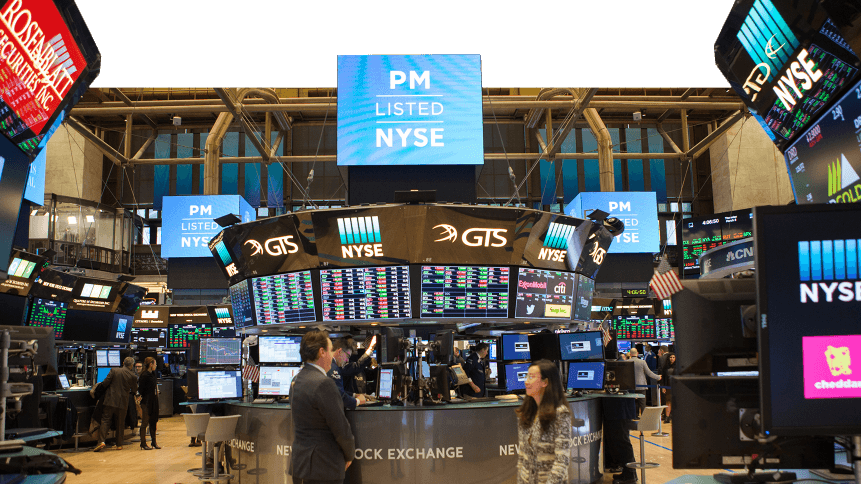Does XR have its place in financial services?

From choppy beginnings in the consumer market, virtual reality (VR) today is finding much sturdier applications in the world of business.
While VR has the potential to immerse us into new, imagined worlds, it’s the technology’s more grounded use case in simulating ‘real-life’ workplaces which is striking mass appeal.
One of the more famous early adopters, the world’s largest retailer, Walmart has used VR to train managers on how to deal with customers on the shop-floor in a controlled environment.
Meanwhile, advances in technology have enabled users to interact with the complex detail of airplane cockpits— even nuclear power station control rooms— without the real-world consequences of accidentally pressing the ‘big red button’.
Now, the world of industry is beginning to explore the power of mixed reality (XR) which, put simply, is the combination of VR and augmented reality (AR).
This technology is enjoying uptake thanks to the availability and affordability of versatile headsets and software, such as Microsoft’s Hololens 2 and, according to Capgemini Research Institute, 82 percent of companies currently implementing XR say the benefits are either meeting or exceeding their expectations.
“It offers the ability to interact in real-time with virtual objects that are placed within the real world,” TechHQ’s Neil Hughes wrote previously.
“Initially, the concept sounds like an advanced extension of augmented reality. But these virtual items will also respond and react to users as if they were actual objects.”
While Ford grabbed headlines by deploying XR in an exhibit showcasing the features of its 2017 GT, use cases have so far dominated the factory floor. There is value, for example, in a supervisor ‘patching in’ to view the work of trainees via livestream, from their perspective. Trainers can overlay important visual information into their eye-line where required, or provide a cross-section of the component (a jet engine, for example) their team is working on.
YOU MIGHT LIKE

Why business people need data visualization
But the potential of visual immersion is now crossing boundaries into other industries— less ‘physical’ ones that we might not readily associate with futuristic headsets. Speaking to Business Insider, TD Ameritrade’s Chief Technology Officer, Vijay Sankaran, believed that XR is an “emerging area” of investment for financial services organizations.
XR he said, could be utilized in the sector by “people who want to work with their finances in a much more visual way. People who want to interact with their advisors. People who want to visit educational resources.
“Immersive experiences are going to provide much more opportunities and by 2030 be completely game-changing,” he said.
When it comes to data analysis, XR could provide analysts with a new or enhanced visual perspective on complex financial datasets as they grow in importance, beyond the boundaries of an excel spreadsheet.
Used in this way, XR could enable more immersive interaction with advisors or even clients; data visualizations could appear to fill the room, allowing users to explain complex decisions in a more cohesive and engaging way— as well as how various scenarios could play out differently.
As BI noted (and as seen in the concept video by Citi, above), XR is not completely new to the finance sector and has also been used to train customer service staff in empathy by investment firm Fidelity.
Interestingly, Sankaran thinks the hardware— which remains bulky, despite design and tech improvements— could be enough to provide a challenge in adoption, instead suggesting that XR eventually made possible through television and phone holographic projections could spell better uptake.
While it may be some years before we see bustling trade floors brimming with XR headsets, the technology represents a natural development for data visualization— and the evidence is there to be seen.
According to Bank of America’s David Reilly, the company is already testing the technology to turn the trading floor into a three-dimensional hive of live information, that anyone with the headset can view by looking around the room.
“So now we can present the information to you in a way where quickly you can say, that’s pretty much what I would have expected, or no it isn’t, I need to go check that out,” he told an audience at WatersTechnology conference.
“Moreover, that information can be presented to compliance in real time, to risk, to audit, and— maybe one day— to the regulators so that everybody sees the same information. And we think that’s going to extend to all of our businesses.”









